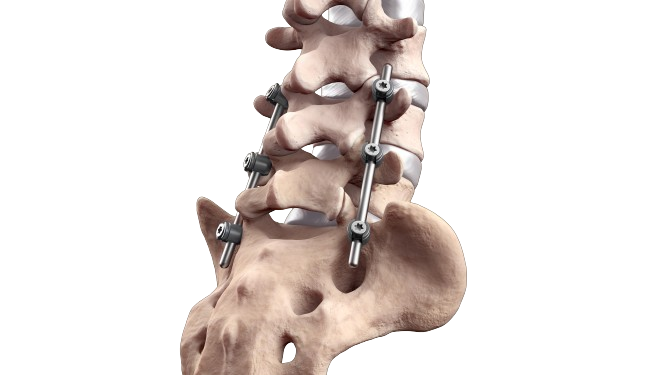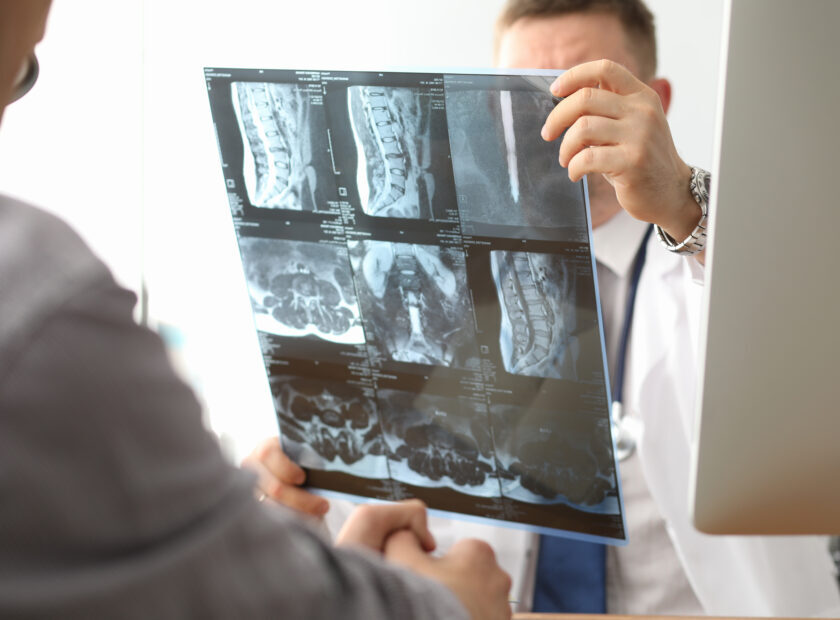Orthopedic Surgery Of The Spine
Orthopedic surgery of the spine is a vital specialty that addresses a range of conditions affecting the spinal cord and its supporting structures. This area of medicine is critical not only in treating traumatic injuries but also in managing degenerative diseases, congenital anomalies, and disorders that impair normal spinal function and mobility. Spinal surgeries can drastically improve a patient’s quality of life by alleviating pain and restoring mobility. In this detailed blog post, we will explore the intricacies of spinal orthopedic surgery, including the common conditions it addresses, the types of surgeries performed, recent technological advancements, and the recovery process.

Common Spinal Conditions Treated with Orthopedic Surgery
Orthopedic surgeons specialize in treating various spinal conditions that can affect individuals at different stages of life. These conditions include, but are not limited to:
- Degenerative Disk Disease: This occurs as the intervertebral disks lose hydration and elasticity with age, causing them to be less able to cushion the vertebrae.
- Scoliosis: A condition characterized by an abnormal lateral curvature of the spine, which can occur in children and adults.
- Spinal Stenosis: A narrowing of the spinal canal that can lead to nerve pain and mobility issues.
- Spinal Fractures: These can result from trauma or osteoporosis, often requiring surgical intervention to stabilize the spine and alleviate pain.
There are several surgical techniques that orthopedic surgeons use to treat spinal conditions:
- Fusion Surgery: This involves joining two or more vertebrae together into a single structure to stabilize the spine and prevent painful motion caused by segmental instability.
- Laminectomy: This procedure involves removing a portion of the vertebral bone called the lamina to relieve pressure on the spinal cord or nerve roots, often used in cases of spinal stenosis.
- Discectomy: The surgical removal of damaged disk material that is pressing on nerves and causing pain.
- Vertebroplasty and Kyphoplasty: Minimally invasive procedures that help stabilize compressed vertebral fractures to relieve pain and restore height.
Each type of surgery has specific indications based on the patient’s condition and overall health profile.

Advances in Spinal Surgery Technology
The field of spinal surgery has seen significant technological advancements that have improved surgical outcomes and recovery times. These include:
- Robotic Surgery: Enhances the precision of spinal procedures, reducing the risk of damage to surrounding tissues.
- Minimally Invasive Techniques: Smaller incisions lead to less pain and quicker recovery periods compared to traditional open surgery.
- Intraoperative Imaging: Provides real-time images during surgery, allowing for greater accuracy and safety during complex procedures.
- Biologics and Bone Graft Alternatives: These innovative materials help promote bone growth and healing post-surgery.
These advancements are crucial in providing patients with safer procedures and more effective results.
Recovery and Rehabilitation
Recovery from spinal surgery is a critical component of the treatment process. Key aspects include:
- Physical Therapy: Helps strengthen the muscles around the spine and improve flexibility and posture.
- Pain Management: Innovative strategies are used to manage post-operative pain, enhancing comfort and facilitating faster recovery.
- Lifestyle Modifications: Patients may need to adjust their activities and ergonomic setups at home and work to support spinal health and prevent future problems.
- Follow-up Care: Regular check-ups are essential to monitor healing and address any complications early.





